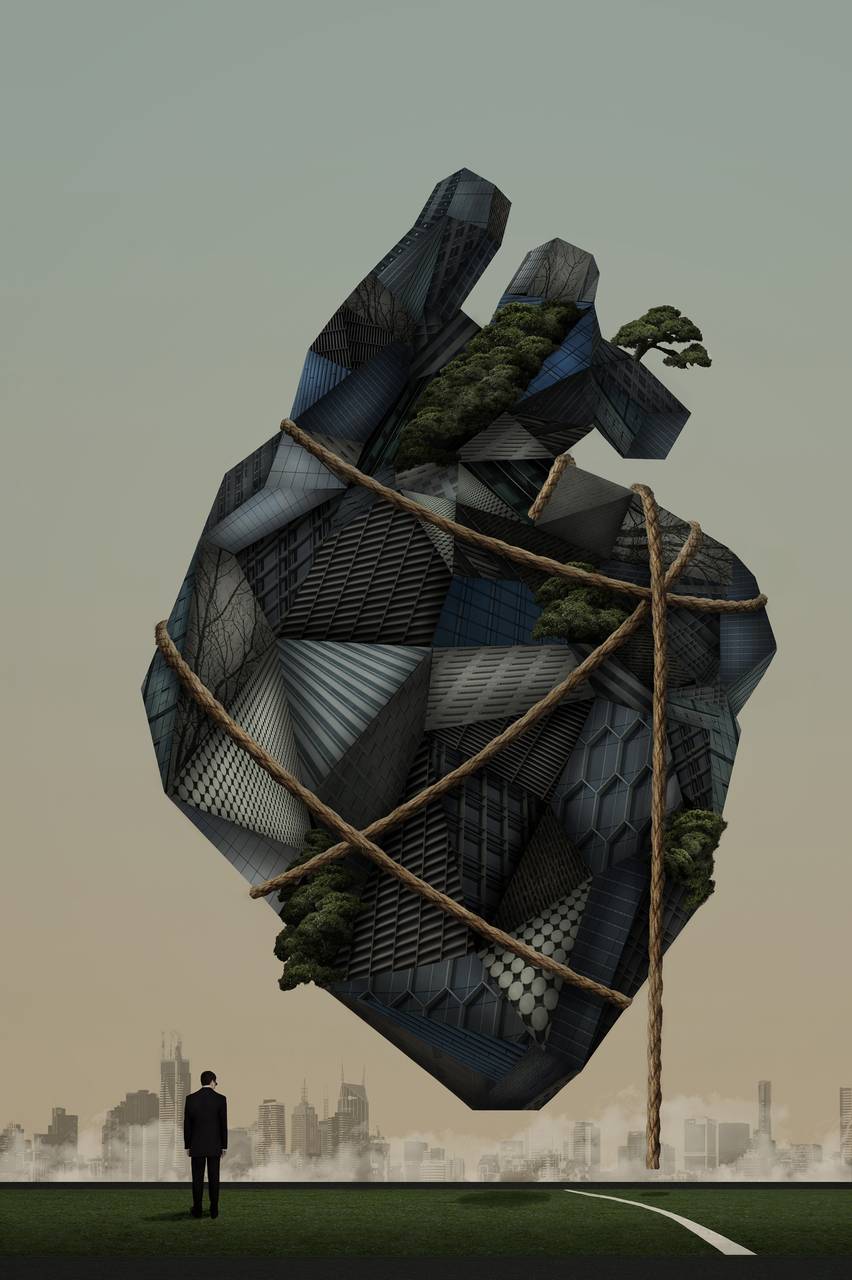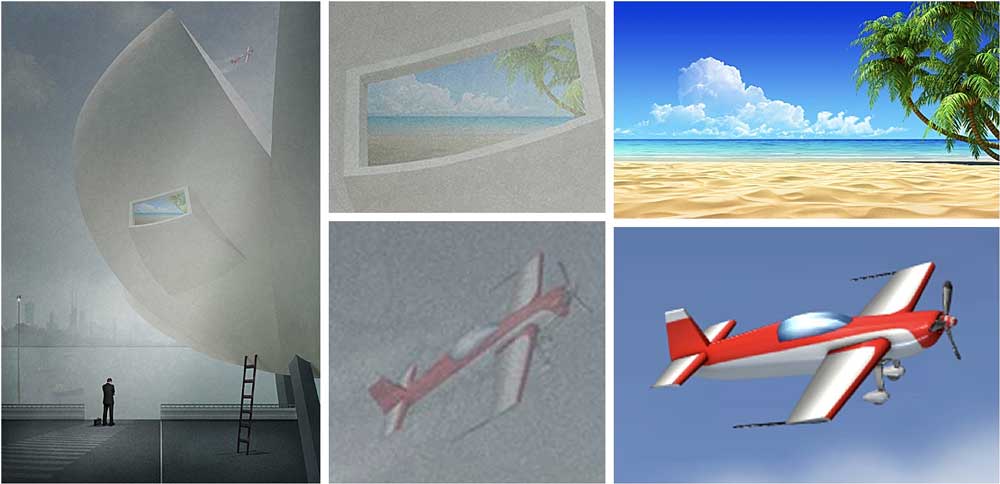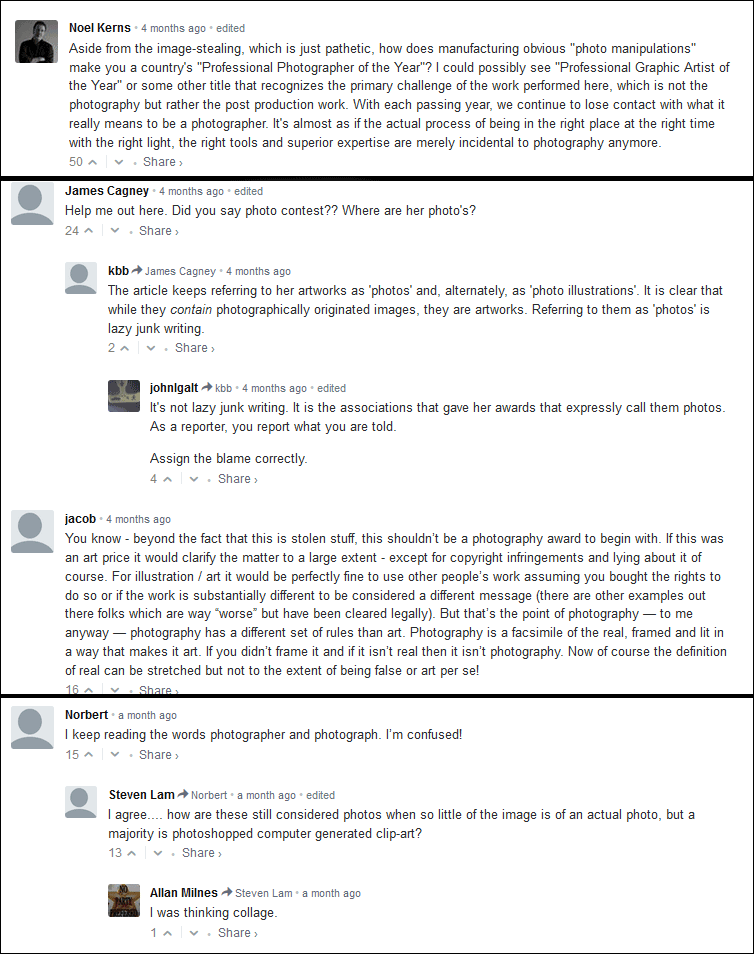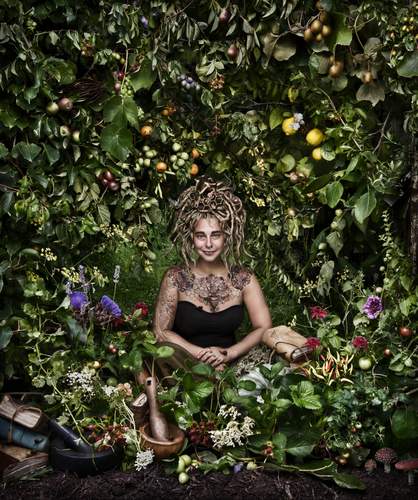The Lisa Saad cheating scandal has reignited an ongoing debate about whether photo contests should make a distinction between photo realism and photo illustrations.

Photo realism or in-camera capture (or’straight photography’) can be defined as pictures with minimal post-processing that strive to be an honest interpretation of a scene; whereas photo illustrations can be heavily manipulated digital artworks or composites, which don’t represent reality and owe more to the creator’s imagination than they do a camera.
For now, there doesn’t appear to be a prestigious contest which separates and rewards both styles of photography, and many adherents to photo realism believe photo illustrations are winning too many awards.
Peter Eastway, editor of the AIPP online monthly magazine The Journal, (and a master of Photoshop-based manipulation) has written an article asking many a rhetorical question about the topic in relation to the AIPP Australian Professional Photography Awards (APPA).
‘Is it right to enter photo-illustrations into a photography competition? There is a segment of the (AIPP) membership that believes photo illustrative photography should be separated from straight photography. Let’s put aside whether this is a correct view or not and ask a second question: If we agreed that photo-illustrative or composite photography should not be judged alongside ‘straight’ photographs, where do we draw the line? How much post-production is allowed before a photograph turns into an illustration? I ask this question because I don’t think we will ever agree on an answer, but no doubt someone will have to provide one.’
Peter is also the founder and jury chairman of the International Landscape Photographer of the Year awards, which have no restrictions on post-production. He’s previously argued an imagined landscape photo has no advantage over a real photo, saying ‘to me a great landscape is a great landscape no matter how it was created’.
This time he’s attempting casting the net out to capture all photo contest categories, including those won by Lisa Saad. She was disqualified by numerous prestigious contests for plagiarising and using non-photographic third-party graphics, like clip art, in her compositions. Sometimes the third-party graphics accounted for major elements in a work, while in others they were minor details.

Rather than being outraged that Lisa broke the rules, many people seemed more offended that her digital creations were ever winning photo contests in the first place.
A consensus of online comments was that, regardless of in-camera production, the heavily manipulated cartoon-like illustrations should not be considered photography. This opinion has more weight with the knowledge that Lisa’s work contained actual clip art graphics, and it seems that no trained eye could distinguish photo elements from obvious graphics.

Prominent landscape photographer, Ken Duncan, made a similar argument in 2016 when Lisa won the AIPP Professional Photographer of the Year award.
‘This illustration and the others from the series have little to do with reflected light but more about creation by manipulating and creating pixels,’ he said in a Facebook post. ‘I believe the AIPP have lost their way with the APPA awards as they seem to be hijacked by manipulators. Now I don’t have a problem with post-processing to a degree but when it gets to to point of having no connection to reality it then enters the world of illustration.’
Ken, an AIPP Honourary life member, said in a Facebook post in February that he refused to participate in the ‘social media attack’ on Lisa and sympathised for her, but reiterated his position: ‘Her work, no matter how the elements have been obtained, should never have been considered for the AIPP Australian Photographer of the Year Award. That award should be judged on the merits of the photography, not somebody’s illustrative or Photoshop skills.’
He’s banged this drum several times before with emphasis on landscape photography, and ran a purist photo contest, The Real Australia Landscape Awards, in 2015 and 2016 to combat ‘photo illustrations’ winning awards.
While Ken believes Lisa’s work should have ‘never’ been considered for the APPA top prize, his views seem unfair for winners of photo illustration-friendly categories like Commercial or Illustrative. Sure, Lisa’s work was rendered to a point where it didn’t resemble a photo, but there are AIPP award-winning photographers whose surreal photo illustrations are closer to a conventional photograph.

As Peter asks in his article, where do we draw the line?
‘So, if we drop a new sky into a landscape, is this too much? It’s a technique that’s been used for over 100 years. And what’s the difference really between dropping in a sky and doing a series of selective adjustments to a file? Isn’t desaturating a file to make a black and white illustrative? What about choosing a different white balance? And lightening up a face selectively is quite illustrative in nature. How do we quantify how much post-production is allowable before we go beyond ‘straight’ photography and into illustration?
‘The history of photography is full of examples of composite photographs. It is too late to say composites should not be a part of photography because there are many photography books containing composite images. Advertising photographers would laugh at such a suggestion as it has been their bread and butter. However, I think everyone agrees that there is a point where photography is no longer photography and becomes illustration.
The line seems to be drawn, as far as APPA and other contests are concerned, when non-photographic elements are used in an image.
AIPP makes the distinction… for judges
Peter’s article was published shortly after Inside Imaging spoke with AIPP Awards chair, Tony Hewitt, about the topic.
We were interested about the AIPP introducing ‘Open’ and ‘Single Capture’ sub-categories to the Landscape, Wedding and Portrait categories in 2017.
The Open sub-category allows entrants to ‘utilise all post-production techniques, including multiple images or elements, in producing their entry‘; while Single Capture excludes the addition of new elements (composites), however minor cloning and healing brush work is acceptable.
‘Single capture images are defined by one exposure of light to the sensor or film. In-camera multiple exposures are not permitted,‘ the 2018 rules say.
The overall winner will be selected from all sub-category entries. The purpose of having sub-categories is to provide judges context regarding post-production, which goes some way to recognise and separate the two photographic approaches.
‘If a judge looks at an image and thinks “wow that’s fantastic”, they might not know if it has been composited or one shot,’ Tony informed Inside Imaging. ‘If they’re judging in the Single Capture sub-category, and let’s say the thing that wows them is the incredible composition and timing, the fact that it was done in Single Capture might add a little credo. Whereas in Open if the colours look surreal, they’ll be aware that there is the flexibility to do that. Or if there’s an element in the corner of the frame that’s distracting, they may feel the entrant should of removed it but they didn’t. It adds a little background and gives it context.’
Tony says landscape photographers can, for example, enter one image into Landscape Single Capture, two in Landscape Open, and another in Aerial – a new sub-category recently introduced for aerial landscape photographers. The four images are then judged as a portfolio to determine the category winner.
Tony adds that purist landscape photographers who capture natural environments or wildlife may prefer to enter the Nature category, which has strict post-production rules. No compositing or altering picture content is allowed, including ‘adding, rearranging, reversing, distorting or removing people, objects or elements’.





My question, is whether you define photography as a craft, focusing on the technical, ( how it’s put together ), or as art, manipulating these technical rules to create an emotional and innovative image.
If the primary purpose of creating art is to focus on the technical, such as photography must represent reality, you may get a beautiful, striking images but one that doesn’t really say anything else other than just being a technically perfect photo.
Place 5 photographers in front of the same landscape and ask them to represent reality, based on the technical rules of composition/lighting, and you may end up with 5 technically perfect images, that are the same but nothing innovative. Nice landscape photos.
Ask these 5 photographers to subjectively perceive the same landscape, and push the technical boundaries, through digital manipulation for instance, then you start to create 5 different works of art.
If you are only concerned with the technical aspect of how an image is put together, to represent reality, then you are not creating anything new. When you apply digital manipulating to achieve your own subjective interpretation of an image, you are creating your own personal art and pushing the boundaries.
We remember those photographers who broke the rules to create a new artistic vision, rather than those who aimed to be technically correct.
Art is a very subjective process with each of us having our own realities. Providing a list of acceptable manipulation techniques, that will draw the line between an image being Photographic or Illustrative, is very subjective.
I’ve always seen the Lisa Saad scandal as a case of a photographer breaking the competition rules and not a debate about what digital manipulation techniques are acceptable. Break the rules and pay the price but don’t limit a photographer from expressing their artistic vision based on a subjective list of what manipulation techniques are acceptable. As long as all competition rules have been clearly met, judge the impact of the final image, not the techniques used to make it.
Personally I think this whole photographic reality/manipulation debate stems from how easy it is now to manipulate an image in Photoshop. I never seemed to have this manipulation arguments when I was dodging/burning, applying the Sabattier effect or sandwiching two negatives together back in my darkroom days.
How will the AIPP ascertain if an image is single capture or a composite image? If they’re just relying on the honesty of the entrant, I can envisage problems arising. Some people just want to win.
The AIPP now requires the digital raw files and graphic elements of all prints entered into both the state awards and the upcoming APPAs and will review those files against well scoring winning prints
I am at a total loss to understand how anyone can classify computer manipulated illustrations as Photography. They are simple illustrative art. When are photographic competition organisers going to wake up and create two totally separate sections.
1. Pure photography.
2. Photo manipulated illustration.
I have often been deeply offended at Photographic Exhibitions/Displays when there have been brilliant Straight photographs but the winner was a computer manipulated illustration that some young student had created. They probably did not even know which end of a camera to look through.
I am now retired but I worked for 20 years as a Television photographer and then for 10 years for Australian Associated Press. I have sold 1,400 straight, pure, photographs to magazines world wide.
What rules would you set Richard to determine whether an image is Pure Photography or a Photo manipulated illustrations?
Would Pure Photography be an image coming straight out of camera with perfect exposure, composition and lighting with no post processing, or if the sky is replaced in a landscape would that be deemed a photo manipulated illustrations? Where do you draw the line?